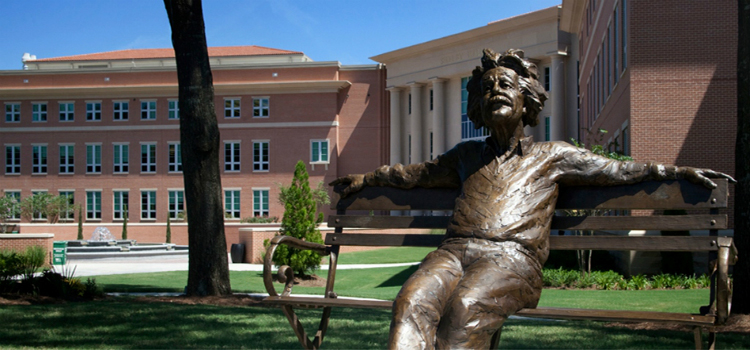Systems Engineering Myth
Posted on April 4, 2016 by Dr. Robert Cloutier

Let us dispel the myth - Systems Engineering is not a new engineering discipline.
Eberhard Rechtin has been quoted as saying in 2000, “A system is a construct or collection of different elements that together produce results not obtainable by the elements alone. The elements, or parts, can include people, hardware, software, facilities, policies, and documents; that is, all things required to produce systems-level results. The results include system level qualities, properties, characteristics, functions, behavior and performance. The value added by the system as a whole, beyond that contributed independently by the parts, is primarily created by the relationship among the parts; that is, how they are interconnected.” With that definition, it is easy to see even the architects of the Roman Aqueducts practiced systems engineering.
However, modern day Systems engineers easily trace their roots to the early 1950’s. Bell Laboratories, the RAND Corporation, and the US Army/Jet Propulsion Laboratory were all realizing systems engineering as they addressed the complex problems of the time. They independently came to the same conclusion that they needed a new approach to engineering emerging complex systems. In 1957, Engstrom, an employee of the Radio Corporation of America (RCA) and an AIEE Fellow (AIEE was the predecessor to IEEE) published a paper titled “Systems Engineering – A Growing Concept” in the Electrical Engineering journal. In that paper, he stated that:
“The task of adapting our increasingly complex devices and techniques to the requirements and limitations of the people who must use them has presented modern engineering with its greatest challenge. To meet this challenge, we have come to rely increasingly during recent years upon the comprehensive and logical concept known as systems engineering”.
This predates software engineering, biomedical engineering, and even computer engineering as engineering/technical disciplines.
Finally, in 1967, Hendrik Bode told the US House of Representatives:
“…the systems engineer resembles an architect, who must generally have adequate substantive knowledge of building materials, construction methods, and so on, to ply his [or her] trade. Like architecture, systems engineering is in some ways an art as well as a branch of engineering. Thus, aesthetic criteria are appropriate for it also. For example, such essentially aesthetic ideas as balance, proportion, proper relation of means to ends, and economy of means are all relevant in a systems-engineering discussion. Many of these ideas develop best through experience. They are among the reasons why an exact definition of systems engineering is so elusive.” [Hendrik Bode, “The Systems Approach,” Report to the Committee on Science and Astronautics, U.S. House of Representatives by the National Research Council (U.S.), Panel on Applied Science and Technological Progress, 1967]
-

Ph.D. Defense
Congratulations to Tom Wade. He successfully defended his doctoral dis...
June 17, 2020 -

Systems Engineering Master's Degree approved
The Alabama Commission on Higher Education voted to approve to allow U...
June 17, 2020 -

D.Sc. Defense
Jacob Deal and Meagan Bunge Successfully Defend their Research!...
June 12, 2018 -

INCOSE names new SEBoK Editor-in-Chief
International Council on Systems Engineering (INCOSE) Selects USA Prof...
June 11, 2018


